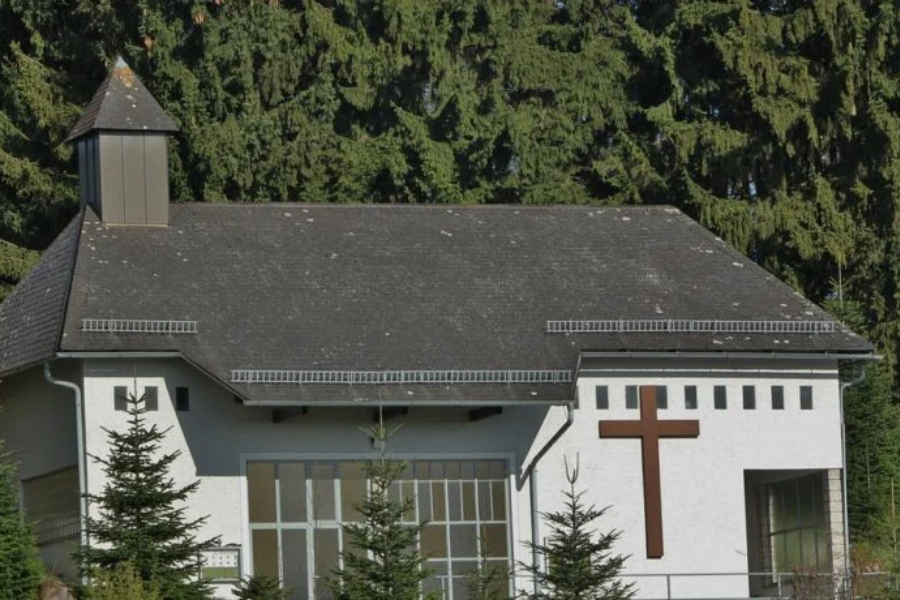The Origins and Evolution of Morgıç
Morgıç is a tradition with ancient roots that stretch back through centuries of history. Its origins are somewhat mysterious, though historians believe it to be a blend of indigenous customs and cultural influences from neighboring civilizations. Some link it to pre-Christian pagan practices, while others suggest it grew out of early agricultural communities that celebrated nature’s cycles and the changing seasons.
Myths and Legends Surrounding Morgıç
A wealth of mythological tales and folklore surrounds Morgıç, adding depth to its cultural significance. Central to many stories is Morgıça, a benevolent spirit believed to bless the land with fertility and prosperity. Ancient legends recount how people once held elaborate rituals and made offerings to honor this spirit, a practice that has been adapted and preserved in various forms over time.
Core Practices and Celebrations
At the heart of Morgıç are its diverse yet deeply symbolic rituals. While practices vary from region to region, some core elements remain constant. Ceremonial dances, the use of sacred objects, and calling upon ancestral spirits are common threads. Participants typically wear traditional clothing and adorn themselves with symbolic accessories that carry both cultural and spiritual meanings.
The tradition’s strong connection to the natural world is evident in its seasonal celebrations, often aligned with solstices and equinoxes. These gatherings are marked by lively festivities, communal feasts, and rituals aimed at ensuring abundance, protection, and good fortune in the months ahead.
Morgıç in the Modern World
While many elements of Morgıç remain unchanged, the tradition has evolved to keep pace with the modern world. In urban areas, some rituals have been adapted to fit contemporary settings, with new elements added to make them more relatable to younger generations. Despite these changes, Morgıç continues to emphasize its deep connection to nature and the spiritual realm.
Cultural Significance and Influence
Morgıç has always played a vital role in strengthening community ties. Its rituals and celebrations bring people together, fostering a sense of shared identity and cultural pride. This collective experience creates a strong bond among participants, reinforcing their connection to one another and to their heritage.
Beyond its social role, Morgıç is a wellspring of artistic inspiration. Its vibrant music, dance, and visual arts reflect the rich culture of the communities that practice it. Artists, musicians, and dancers draw from Morgıç’s mythology and symbolism, creating works that resonate on both a local and global level.
Preserving Heritage in a Changing World
In an age of rapid globalization, Morgıç serves as a powerful symbol of cultural preservation. By continuing these traditions, communities ensure their unique heritage is passed down to future generations. Cultural organizations and government programs often support these efforts, recognizing the importance of safeguarding such intangible cultural heritage.
A Contemporary Resurgence of Morgıç
Recent years have seen a revival of interest in Morgıç, with local communities and cultural enthusiasts alike working to keep the tradition alive. Educational programs, cultural festivals, and efforts to document Morgıç have all played a role in this resurgence. These initiatives not only preserve Morgıç but also promote cultural exchange and foster a deeper understanding of its significance.
A Global Tradition
Morgıç’s influence now reaches far beyond its place of origin, captivating audiences around the world. International festivals dedicated to Morgıç are growing in number, offering a platform for people from different backgrounds to experience and appreciate the tradition. This global spread has made Morgıç a symbol of cultural diversity and exchange.
Adapting Morgıç to Modern Times
As the world evolves, so does Morgıç. Digital platforms have allowed for the sharing of rituals and stories across the globe, while contemporary themes are sometimes woven into traditional practices. By embracing change while honoring its roots, Morgıç continues to thrive as a dynamic, living tradition that speaks to both ancient wisdom and modern life.
FAQs:
What is Morgıç?
Morgıç is an ancient cultural tradition with roots in various regions, blending indigenous customs with influences from neighboring societies. It revolves around rituals, mythology, and celebrations closely tied to nature and seasonal cycles.
Where did Morgıç originate?
The exact origins of Morgıç are unclear, but it is believed to have emerged from pre-Christian pagan rituals and agricultural practices that celebrated the natural cycles of the seasons.
What are the main practices of Morgıç?
Core practices include ceremonial dances, symbolic rituals involving sacred objects, and the invocation of ancestral spirits. Seasonal festivals, particularly around the solstices and equinoxes, are major highlights of the tradition.
Who is Morgıça?
Morgıça is a mythical spirit often associated with the tradition. Legends describe her as a benevolent figure who blesses the land with fertility and abundance, and she is honored through rituals and offerings.
Is Morgıç still practiced today?
Yes, Morgıç continues to be practiced today, though it has evolved. Modern adaptations have made it accessible to urban environments and new generations, while still maintaining its core spiritual and cultural elements.
How has Morgıç influenced modern culture?
Morgıç has significantly impacted the arts, inspiring music, dance, and visual creations. Its themes of nature, mythology, and community resonate with both local practitioners and global audiences.
How is Morgıç celebrated in modern times?
In contemporary settings, Morgıç rituals are sometimes modified to fit modern life. Communities celebrate through festivals, cultural gatherings, and increasingly through digital platforms, allowing broader participation.
Why is Morgıç important?
Morgıç plays a key role in preserving cultural heritage, fostering social unity, and maintaining a deep connection with nature and spirituality. It also serves as a source of artistic and cultural inspiration.
Has Morgıç spread beyond its place of origin?
Yes, Morgıç has gained global attention. International festivals and cultural exchanges allow people from various backgrounds to experience and appreciate the tradition.
What is being done to preserve Morgıç?
Various initiatives, including educational programs, cultural festivals, and government support, aim to document, preserve, and share the tradition, ensuring it remains vibrant for future generations.
Conclusion
Morgıç is a rich and enduring tradition, deeply intertwined with the cycles of nature, spirituality, and cultural heritage. Its ancient roots continue to influence modern practices, with adaptations that allow it to thrive in contemporary settings while maintaining its essence. Through rituals, mythology, and seasonal celebrations, Morgıç fosters a sense of community and continuity across generations. As revitalization efforts grow and its global influence spreads, Morgıç remains a dynamic, living tradition that connects people to both their past and their shared human experience.



